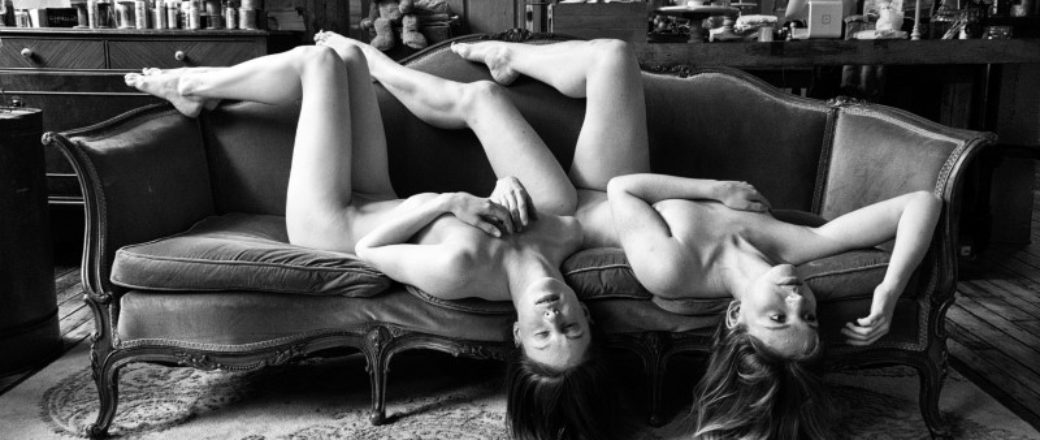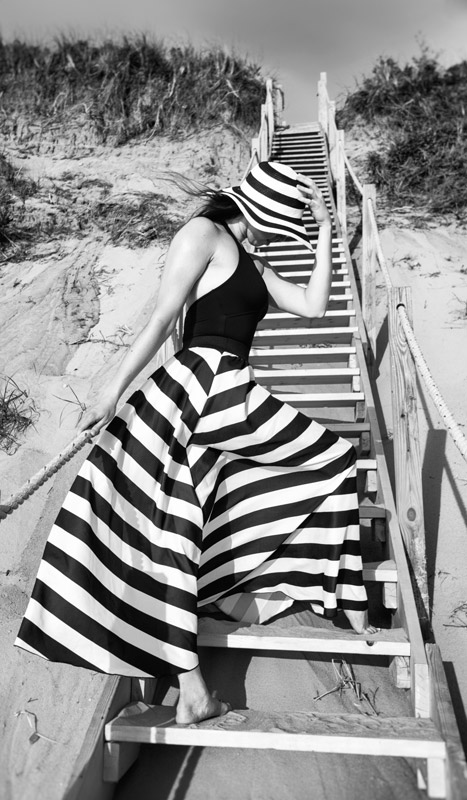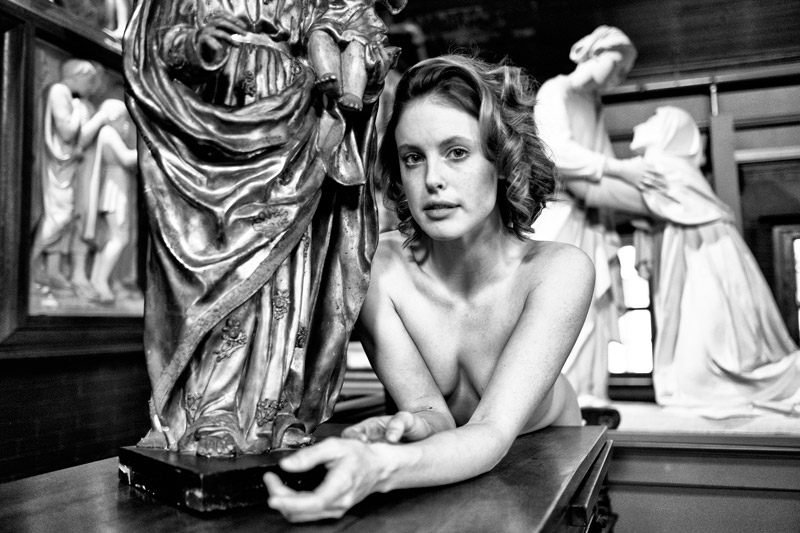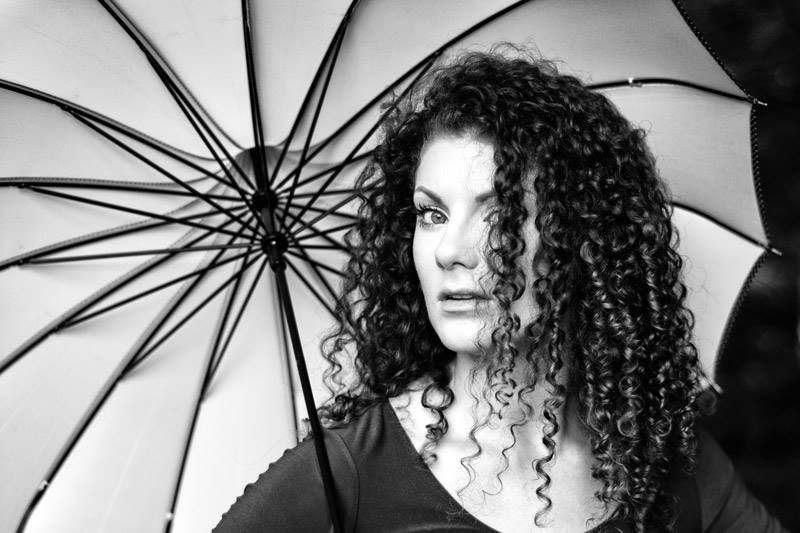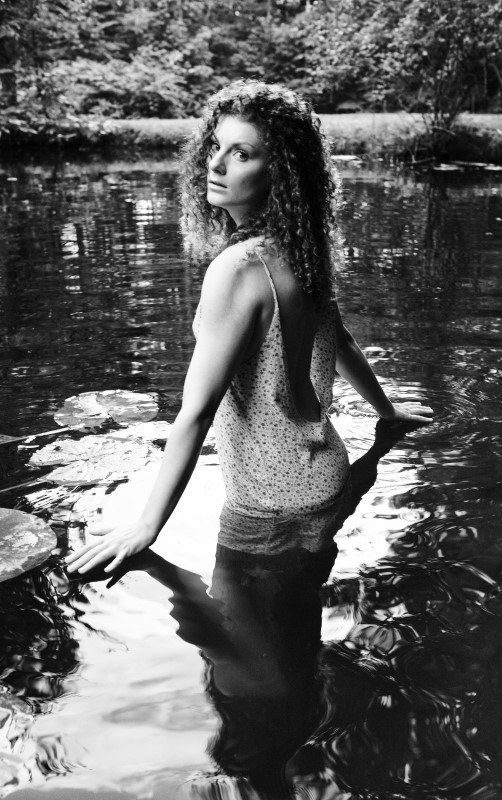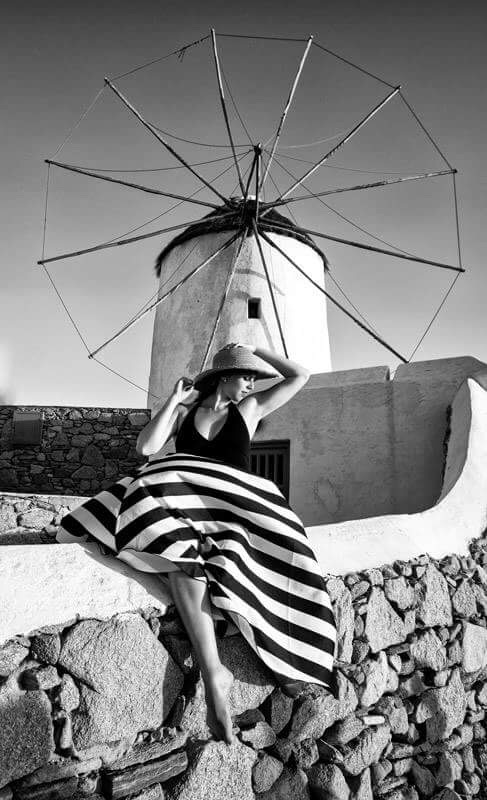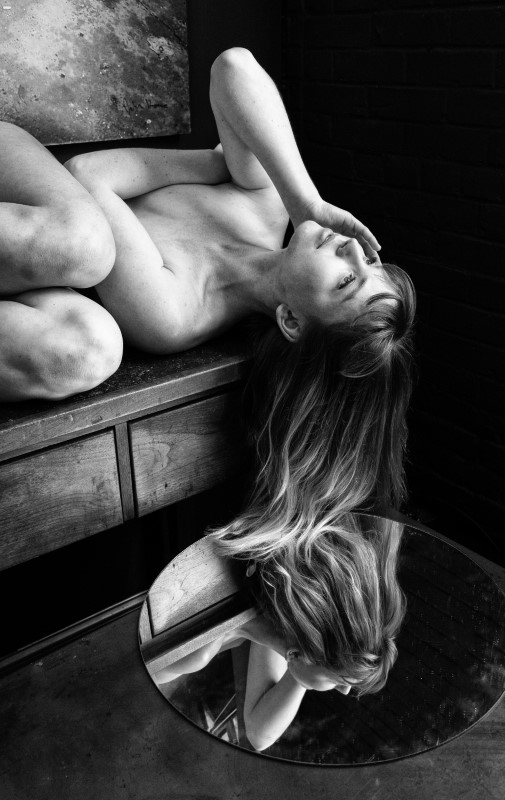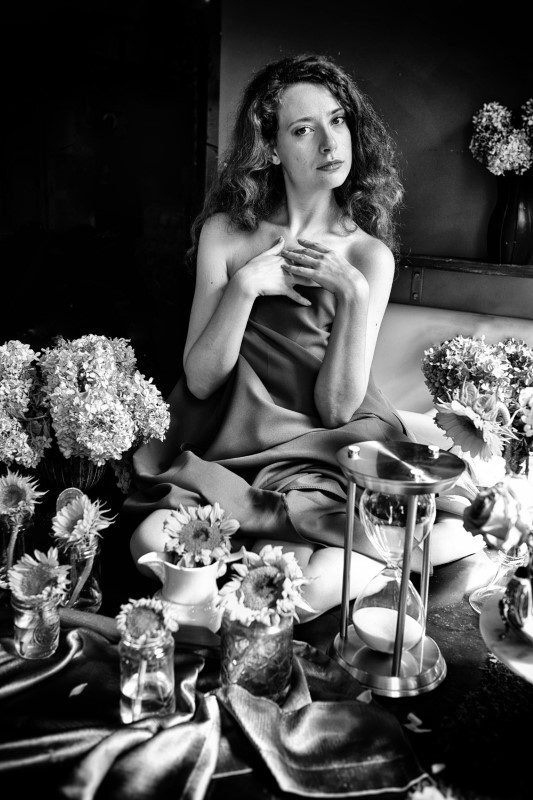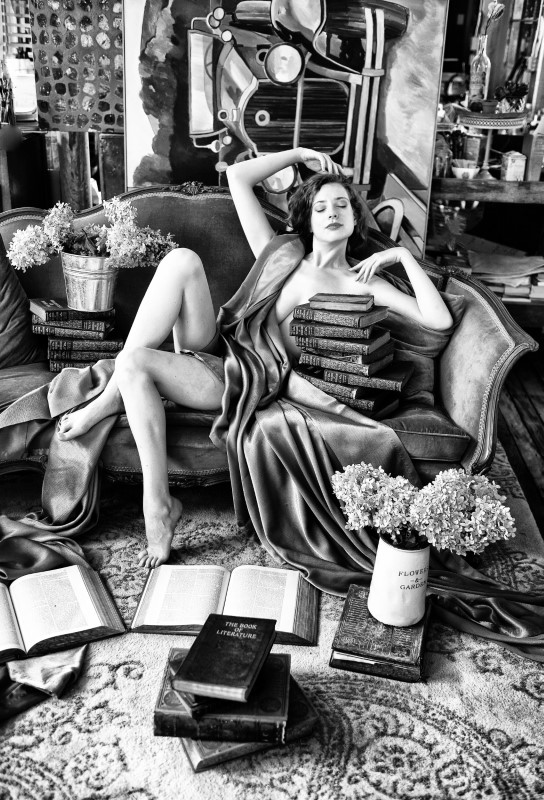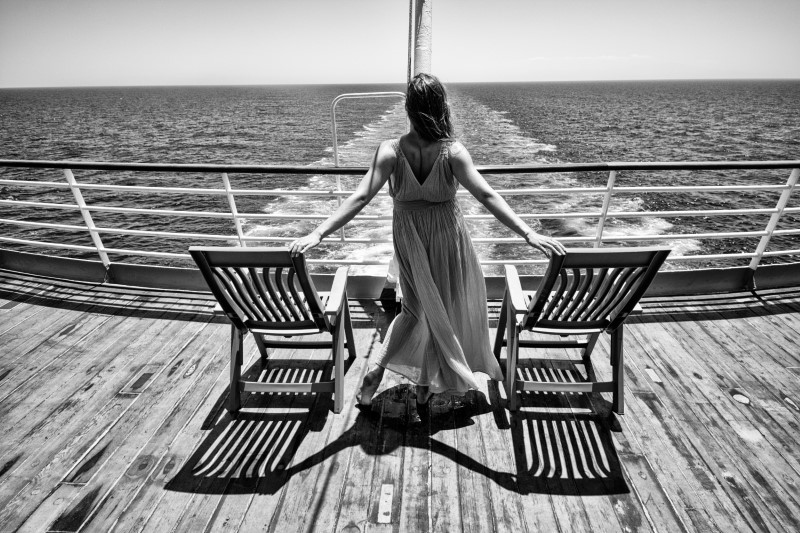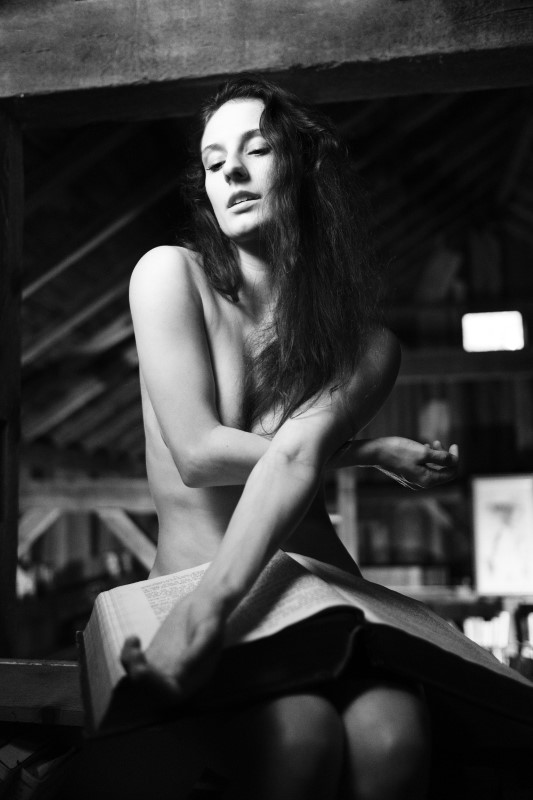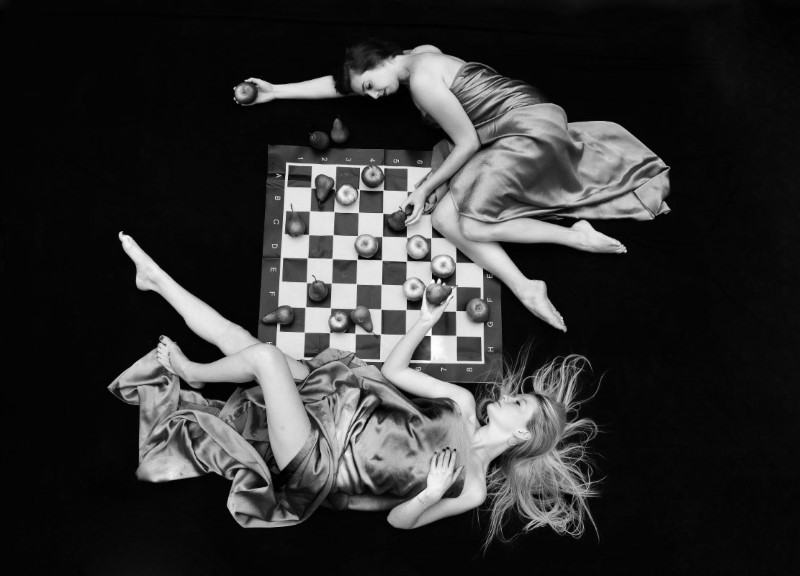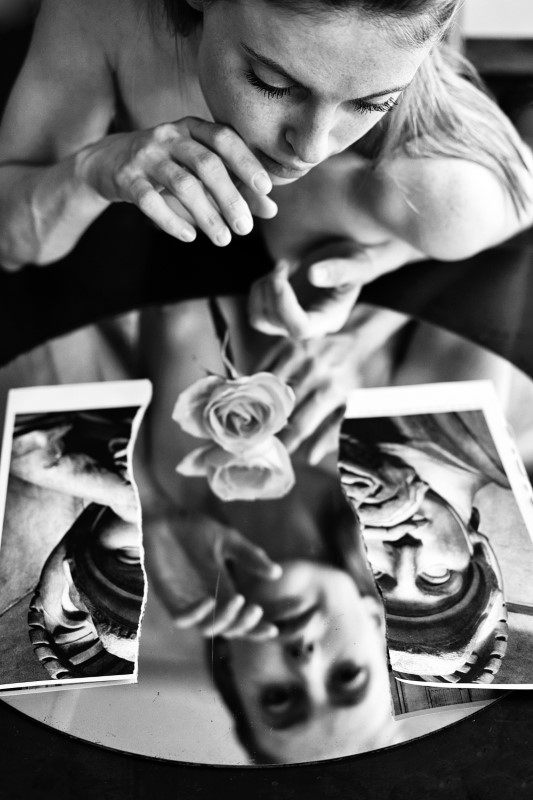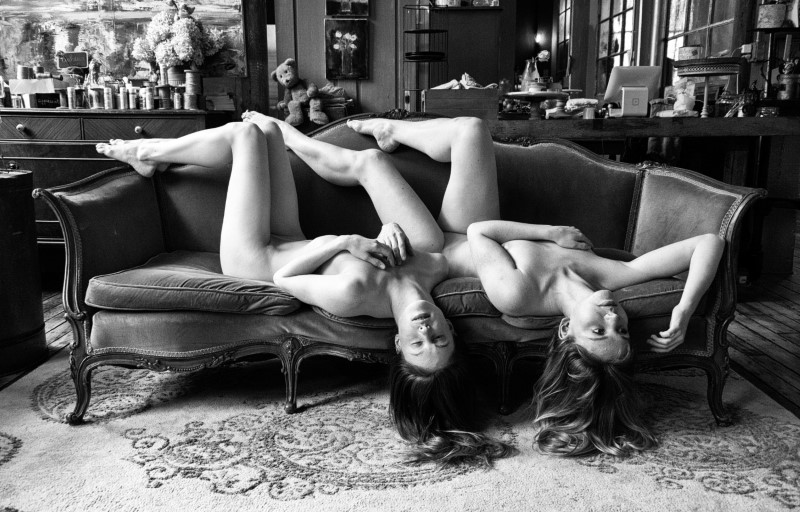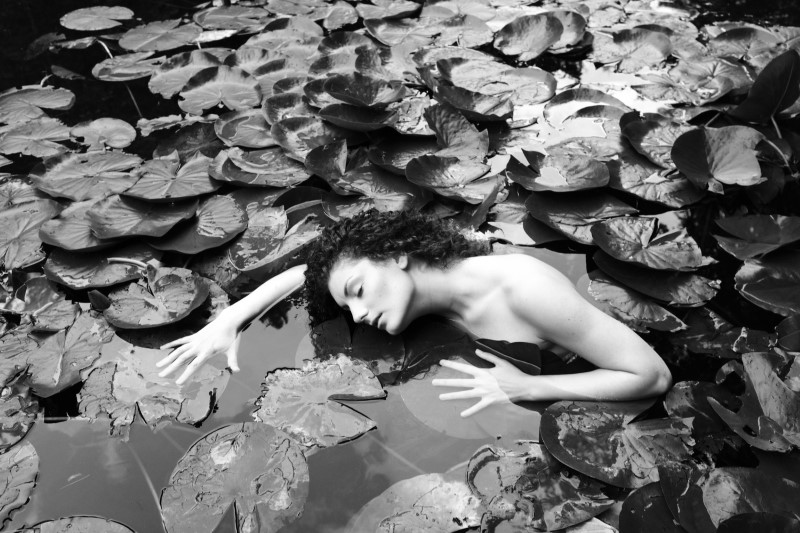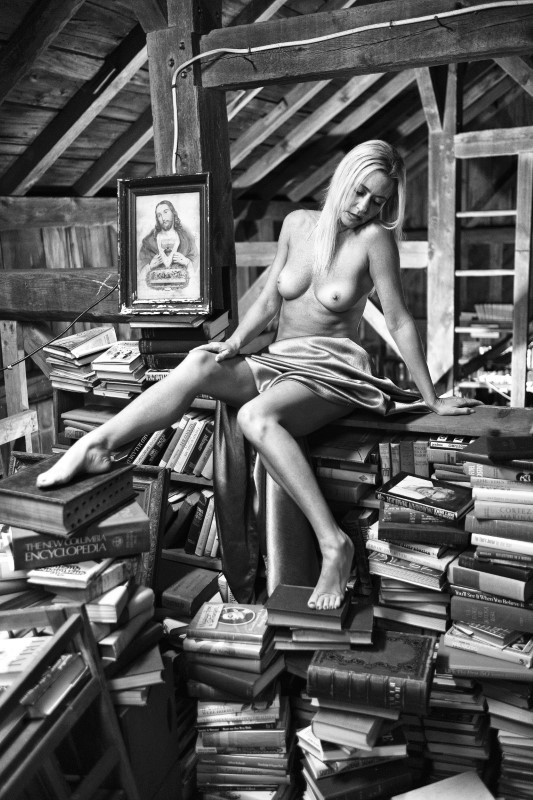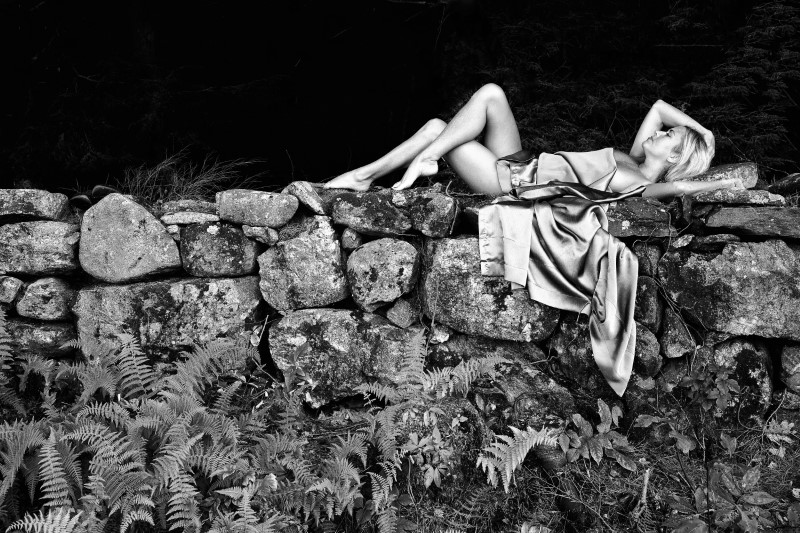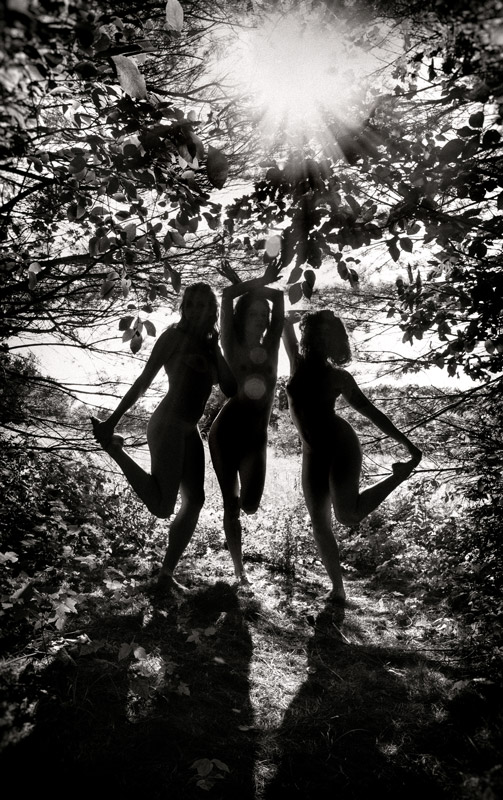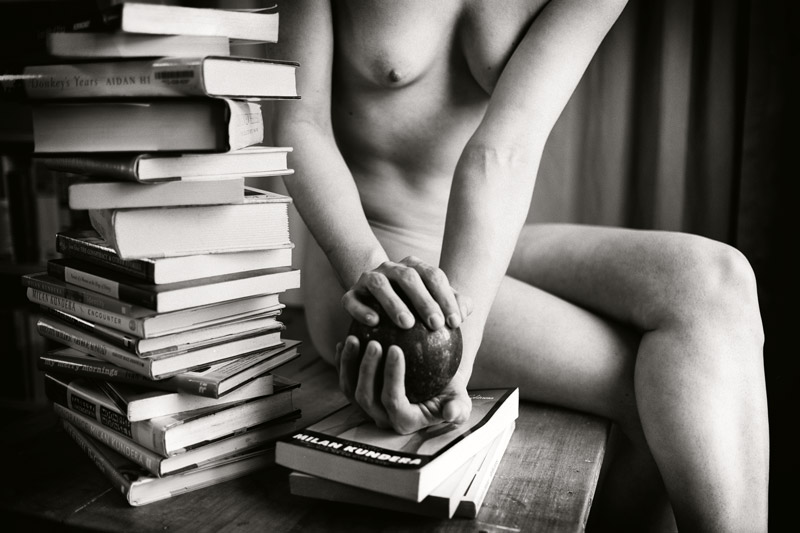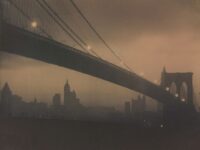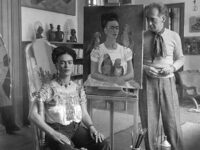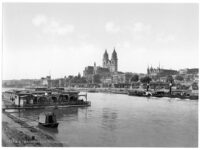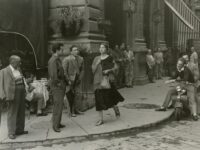– How and when did you become interested in photography?
My father allowed me to use one of his cameras when I was three years old. By the time I was six I was helping him develop film and print photographs in his improvised lab in one of our bathrooms in Bucharest. He took pictures of our family first, but he was also sometimes paid for commissioned work. I spent so many hours with him, often listening to a short wave radio broadcasting banned music and political commentaries on Radio Free Europe or The Voice of America. At that early age I became fascinated by the magic of photography. I developed a very cinematic imagination, often experimenting with toy soldiers and Matchbox toy cars, building mini sets, then much to my parents’ distress, setting them on fire in the middle of my bedroom. Those were my earliest attempts at creating conceptual scenarios. When I was thirteen, my father gave me his Rolleiflex. I also started keeping a journal in which I often wrote ideas. Even today, my Moleskine notebooks are the kitchen for my projects. I have thousands of pages of notes. My friends tell me that my writing is very visual. I didn’t know it at the time, but writing, painting, and photography kept me alive in that suffocating country.
– Is there any artist/photographer who inspired your art?
I am a classical easel painter by training, so initially, my sources came out of looking at Western European art. On the other hand, because of the ongoing censorship, I was totally unaware of any visual artists or art movements that came after Pablo Picasso. I had to leave Romania in order to become aware of all the great art out there. I didn’t know who Cartier-Bresson, Helmuth Newton, and Sally Mann were until I was thirty. After moving to the U.S., I became aware of a particular group of artists with whom I had an affinity, particularly the Belgian painter Paul Delvaux, and Storm Thorgerson, the British graphic designer who designed iconic album sleeves for Led Zeppelin and Peter Gabriel. Today, I find inspiration in surrealist and Renaissance painters, in Man Ray, Francesca Woodman, and pretty much anything that creates the potential for mystery and for dialogue between the viewer and the artist. I like photographers who “find” reality (Cartier-Bresson), but I also like photographers who construct reality (Jerry Uelsmann). I would be ecstatic if I could take a single photograph like Marc Lagrange, especially those in his Pietrasanta Portfolio. I love the way he managed to place his nudes in slightly surrealist settings and create a wonderful sense of mystery.
– Why do you work in black and white rather than colour?
Black and white doesn’t exist in nature. It is man-made compromise, a type of putting order into chaos, the way geometric shapes and forms are created while organic ones have been there all along. I know a famed chef in Southern France; I would watch him pour liquid nitrogen over sophisticated, pricey meals, turning their initial, common components into something new. He would translate colors, textures, scents into a brand new language. Every black and white photograph is a translation of sorts. Color is always sensual; black and white is pensive. I like working this way because it feels more intimate. I have nothing against color, but sometimes color could be loud, distractive, intrusive – a pollutant. Yes, we are born in color, but who says we have to live forever in the country of our birth? I chose to become a permanent resident of black and white. Besides being an act of stripping reality of its colors, an act of embalming if you’d like, seeing the world that way is like learning a new language.
– How much preparation do you put into taking a photograph/series of photographs?
I hate studio shoots; they are boring. Instead, I prefer to experiment, to create environments, to travel, to connect with people and places by moving away from my comfort zone. I seek advice from my collaborators. I am open to change. Sometimes, a series starts as an obsession; other times it comes to me from experimentation. I am like a jazz musician. I take notes first, then change them, connect them. I never leave home without my journal/ sketchbook. Inspiration comes from unusual places. I study other artists who I think have similar sensibilities. I listen to my surroundings. I try to pay attention.
– Where is your photography going? What projects would you like to accomplish?
I am not sure where my photography is going, but I will allow my inner and outer voices to guide me. That’s one of the advantages of being creative: there is always movement, always hope.
Website: www.florinfirimita.com

